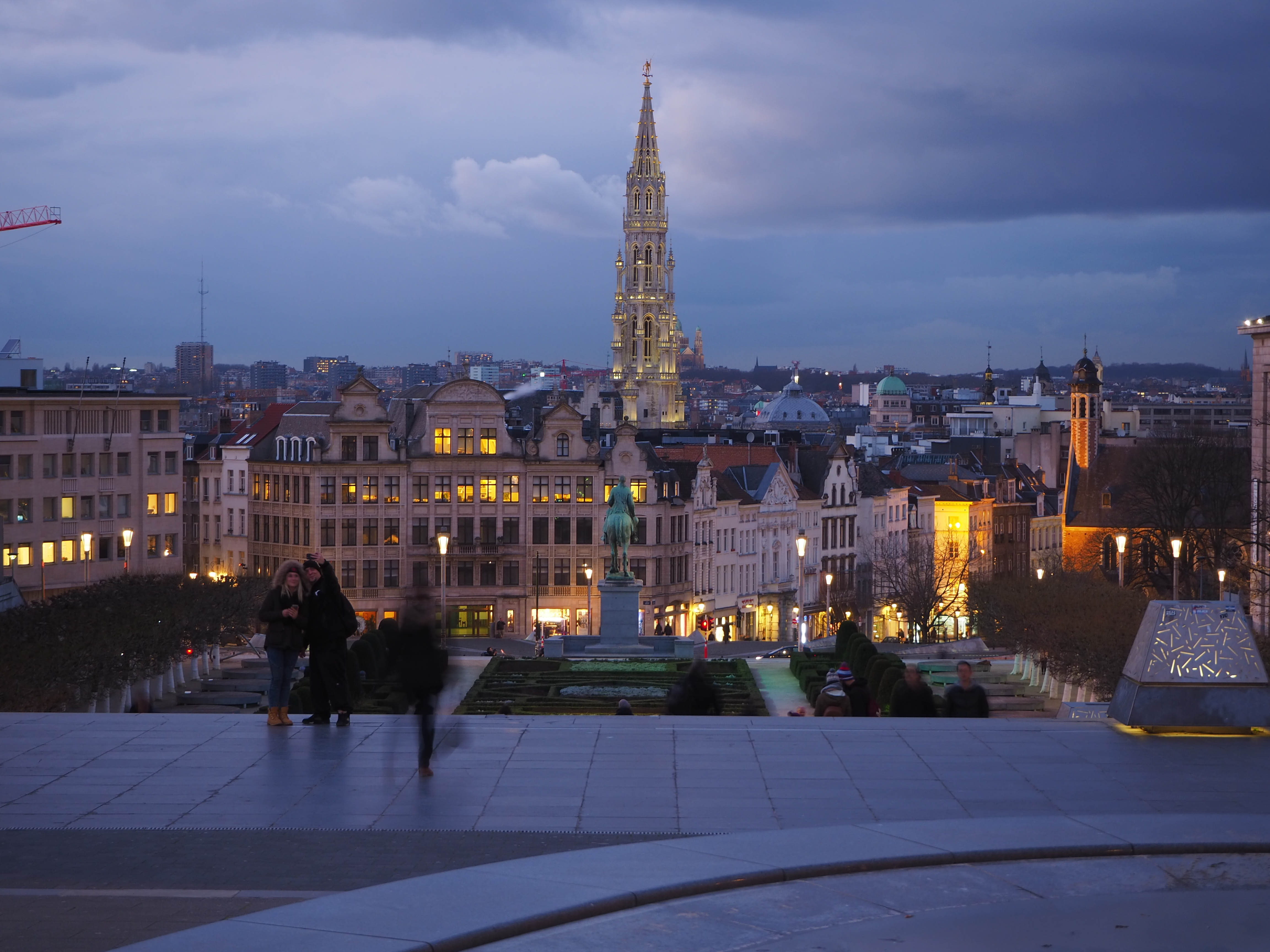The 30 year-old Urban Waste Water Treatment Directive needs to be updated to tackle pressures of a changing climate, substances of concern and remaining discharges of untreated sewage, writes Sara Johansson.
As the European Commission runs a public consultation to collect civil society’s view, the European Environmental Bureau shares green groups’ priorities and invites citizens and organisations to speak up.
Eurocrats in Brussels may take sanitation for granted, but in fact Europe’s capital only got its large wastewater treatment plant as late as the mid-2000s. Before that, raw sewage from nearly a million people went untreated into the small river Senne. Since the introduction of the Urban Waste Water Treatment Directive (UWWTD) in 1991, the percentage of wastewater treatment in the EU has increased to more than 85% to comply with EU laws, while the load of biological organic matter and nutrients from urban wastewaters to receiving waters has decreased.
Still, untreated wastewater is regularly discharged to rivers as sewer systems are designed to overflow directly to receiving waters during heavy rains. Such overflows dispose raw sewage but also plastic trash into rivers and canals, and further to the sea.
Thirty years after entering into force, the Directive now needs to be revamped and aligned with other EU water legislation, such as the Water Framework Directive, and the current Zero Pollution ambition. The European Commission’s 2019 fitness check concluded that the UWWTD is overall fit to protect people’s health and the environment from wastewater pollution, but needs an overhaul to address remaining pressures from untreated wastewater as well as substances of concern, and to adapt to climate change. In particular, there is a growing need to tackle storm water overflows, pharmaceuticals and microplastics.
Protecting water
Wastewater is a fingerprint of our society, meaning that what we consume ends up there, including pharmaceuticals and hazardous substances from household products, but also oil, metals and particles from car tyres that are washed from the streets into the sewers with urban run-off.
On top of that, the UWWTD allows industry to discharge wastewater to municipal sewers with very little regulation. The directive only regulates organic matter and nutrients, substances that can lead to eutrophication, toxic algal blooms and oxygen depletion in both fresh and marine waters, but neglects other substances that can pass to receiving waters as the plants are not equipped to treat them. During the last decade, concern has been raised about the effect on aquatic life of even small concentrations of pharmaceuticals and other substances on aquatic life. Although some of the substances are regulated under the Environmental Quality Standards Directive, the mixture effects are not.
Wastewater treatment plants are literally an end-of-pipe solution, and strong upstream measures are needed to reduce the load of plastic, chemicals and nutrients into the water stream, yet the plants do serve as an important safety net to protect receiving waters and human health. The UWWTD needs to be updated with provisions to upgrade wastewater treatment plants to reduce the load of harmful substances to water, and protect drinking water and sensitive ecosystems.
Adapting to climate change with nature-based solutions
Even if most European wastewater today is collected and treated in wastewater treatment plants, raw sewage is regularly discharged directly to water during rain events. As cities have drained wet areas and paved over permeable areas, it has become increasingly difficult for rainwater to infiltrate into the ground, leading to a paradox: our cities are ill-prepared for floods as well as for droughts. However, such events are predicted to increase due to climate change, which will bring more heavy rains and dry spells.
On the other hand, nature-based solutions such as ponds, wetlands and green roofs, help retain water and reduce the loads to sewers during heavy rains and should be at the heart of the revised legislation. Permeable surfaces in green areas allow rainwater to infiltrate and recharge soil and aquifers, thus making cities more resilient to drought and heat stress.
Reducing the load and closing the loop
Revamping the Urban Waste Water Treatment Directive also requires to strengthen synergies with other, more recent EU regulations.
Nitrogen and phosphorus cycles are currently far outside the safe operating space of the planetary boundaries. While urban wastewater treatment plants are necessary to treat wastewater and have helped reduce the load of nutrients and organic matter to water, the UWWTD alone cannot solve issues of eutrophication and other pressures on water related to urban metabolism. For instance, several recent reports reiterate that the goals of the Water Framework Directive cannot be met without addressing agriculture.
Besides, wastewater treatment comes at a financial cost, more precisely it represents 60% of consumers’ water bill, but also at an energy and resources cost. Cutting pollution at source is more cost efficient than focusing on end-of pipe-solutions only. Measures such as tightening regulation of industrial discharges to sewers, banning of dental amalgam (which is a source of mercury), and reducing car traffic and plastic use would contribute to a lower load of pollutants to wastewater treatment plants and further to receiving waters.
At the same time, wastewater contains valuable resources that should be recovered and could help make wastewater treatment more circular and climate neutral. Nutrients can be recovered as fertiliser to reduce the reliance on imported mineral fertilisers, treated water can be reutilised for irrigation, and energy can be recovered as biogas to make the plants energy neutral.
This is the moment to give the UWWTD an update to align it with the biodiversity, climate neutrality, resource-efficient and pollution-free objectives of the European Green Deal. A public consultation is open until 21 July to allow citizens and civil society organisations to have their say.


